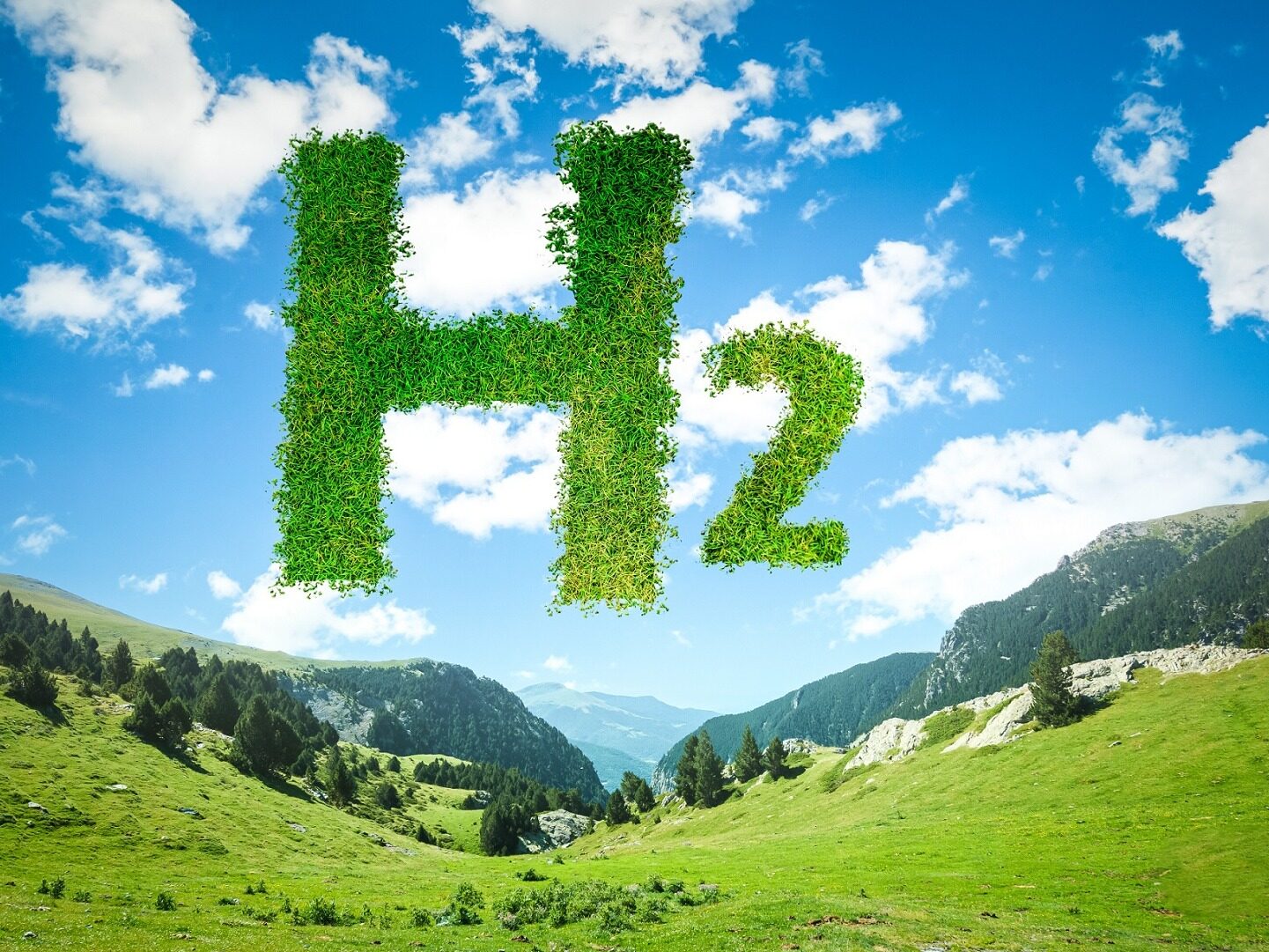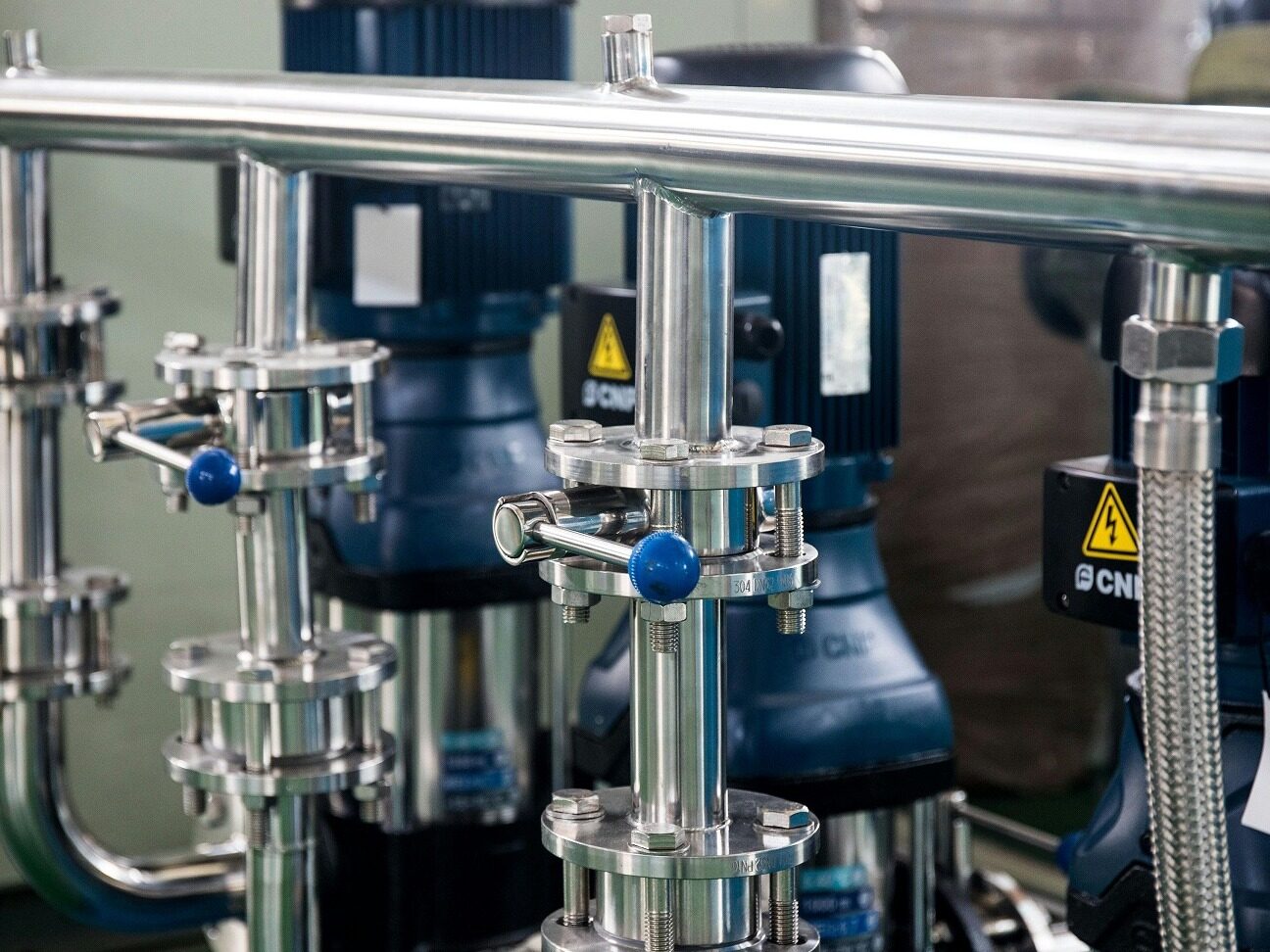- The project will study the disposal of hydrogen at the lowest possible operational safety impact on nuclear power plants
- Brazil has two pressurized water reactor units, Angra 1 and 2, with a total installed capacity of 1.884 million kilowatts

The Brazilian nuclear power Company is currently implementing a feasibility study project aimed at the utilization of hydrogen produced by an existing seawater electrolysis process in Angra. The project, which could take up to two years, will look at capturing and processing hydrogen with as little impact as possible on the operational safety of nuclear power plants.

Angla Units 1 and 2 currently use three-loop water to cool second-loop steam. In order to prevent the spread of Marine life in the pipes and equipment, it is necessary to add the bactericide sodium hypochlorite to the three circuits. Angra currently produces sodium hypochlorite using a process of direct electrolysis of seawater, which produces hydrogen in the production process, which does not contain any radioactive material, because neither the raw material nor the product has any contact with the primary circuit of the nuclear power plant during the production process. So far, Brazil's nuclear power companies have not used the hydrogen.
Brazil has two pressurized water reactor units, that is, Angra 1 and 2 units, with a total installed capacity of 1.884 million kilowatts, and nuclear power generation accounts for about 3% of the total power generation; A 1.34 million kilowatt pressurized water reactor, known as Angla Unit 3, is under construction. Editor/Xu Shengpeng
Comment
 Praise
Praise
 Collect
Collect
 Comment
Comment
 Search
Search














Write something~